
“La vendimia o El Otoño”, Francisco de Goya y Lucientes, 1786 Francisco goya, Francisco goya
Francisco de Goya, (born March 30, 1746, Fuendetodos, Spain—died April 16, 1828, Bordeaux, France), Spanish painter and printmaker. He came to maturity in 1775 with the first of some 60 cartoons for the royal tapestry factory of Santa Bárbara, painted through 1792. In 1780 he was elected to the Royal Academy in Madrid and in 1786 was.

🦉The Spell, (179798) Francisco de Goya 🦉 art arte Francisco goya, Art romantique, Art occulte
Goya (Francisco de Goya y Lucientes) Seated Giant Goya (Francisco de Goya y Lucientes) James Voorhies Department of European Paintings, The Metropolitan Museum of Art. October 2003. Francisco José de Goya y Lucientes (1746-1828) is regarded as the most important Spanish artist of the late eighteenth and early nineteenth centuries..
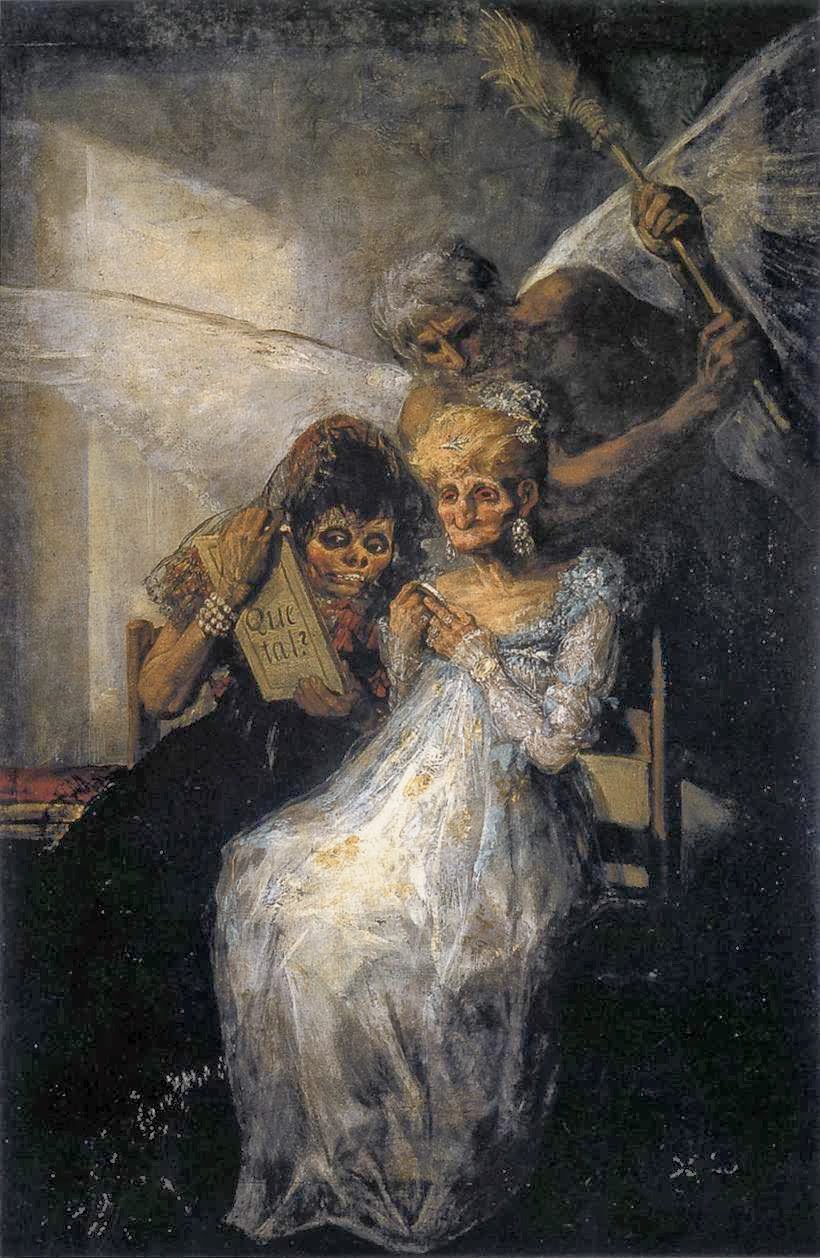
Le Muse FRANCISCO DE GOYA Y LUCIENTES "Il tempo e le vecchie", 18101812, Olio su tela, 181 x
Portrait of Goya by Vicente López Portaña, c. 1826. Museo del Prado, Madrid. Francisco José de Goya y Lucientes (1746-1828) was a Spanish artist, now viewed as one of the leaders of the artistic movement Romanticism.He produced around 700 paintings, 280 prints, and several thousand drawings.
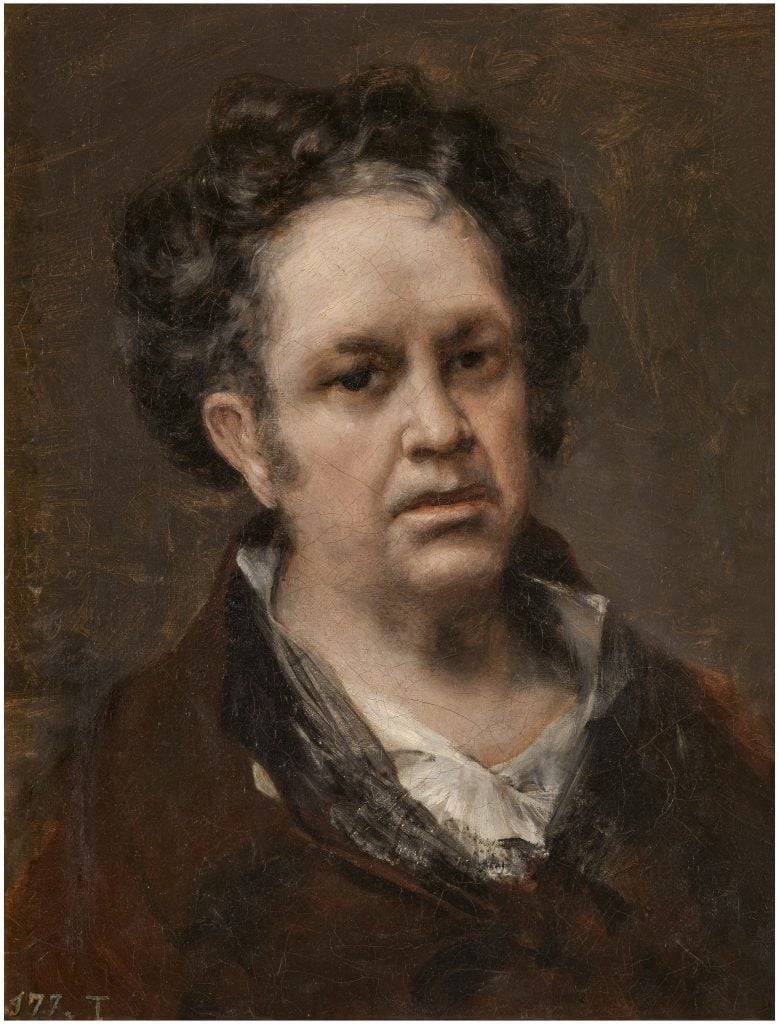
In 1776, Young Francisco Goya Set Out to Make Copies of Diego Velázquez's Work—and It Etched
Francisco Goya was a talented Spanish painter and printmaker, and is considered one of the last of the Old Masters of painting, as well as the first of the moderns. He began his apprenticeship in painting at the age of 14, and his talent was quickly recognized. He first submitted entries to the Royal Academy of Fine Arts in 1763, and then later.

FRANCISCO GOYA Y LUCIENTES, after. 20th Century. Oil on canvas 71 x 58 cm. Bukowskis
Francisco Goya (born March 30, 1746, Fuendetodos, Spain—died April 16, 1828, Bordeaux, France) Spanish artist whose paintings, drawings, and engravings reflected contemporary historical upheavals and influenced important 19th- and 20th-century painters. The series of etchings The Disasters of War (1810-14) records the horrors of the.
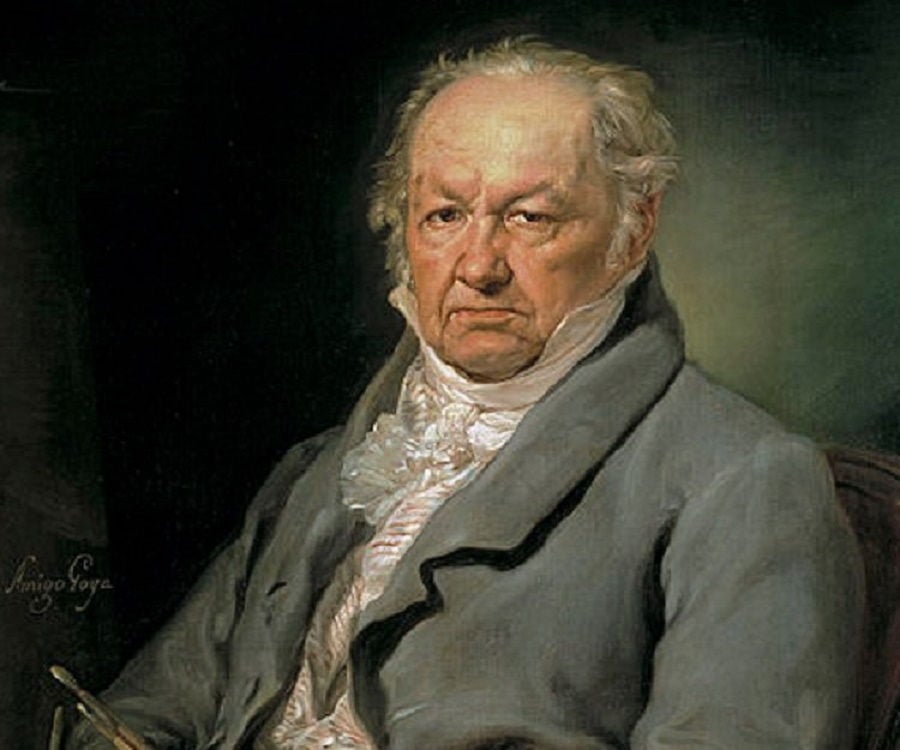
Francisco Goya Biography Childhood, Life Achievements & Timeline
Francisco de Goya was born on March 30, 1746, in Fuendetodos, Spain. The son of a guilder, Goya spent some of his youth in Saragossa. There he began studying painting around the age of fourteen..
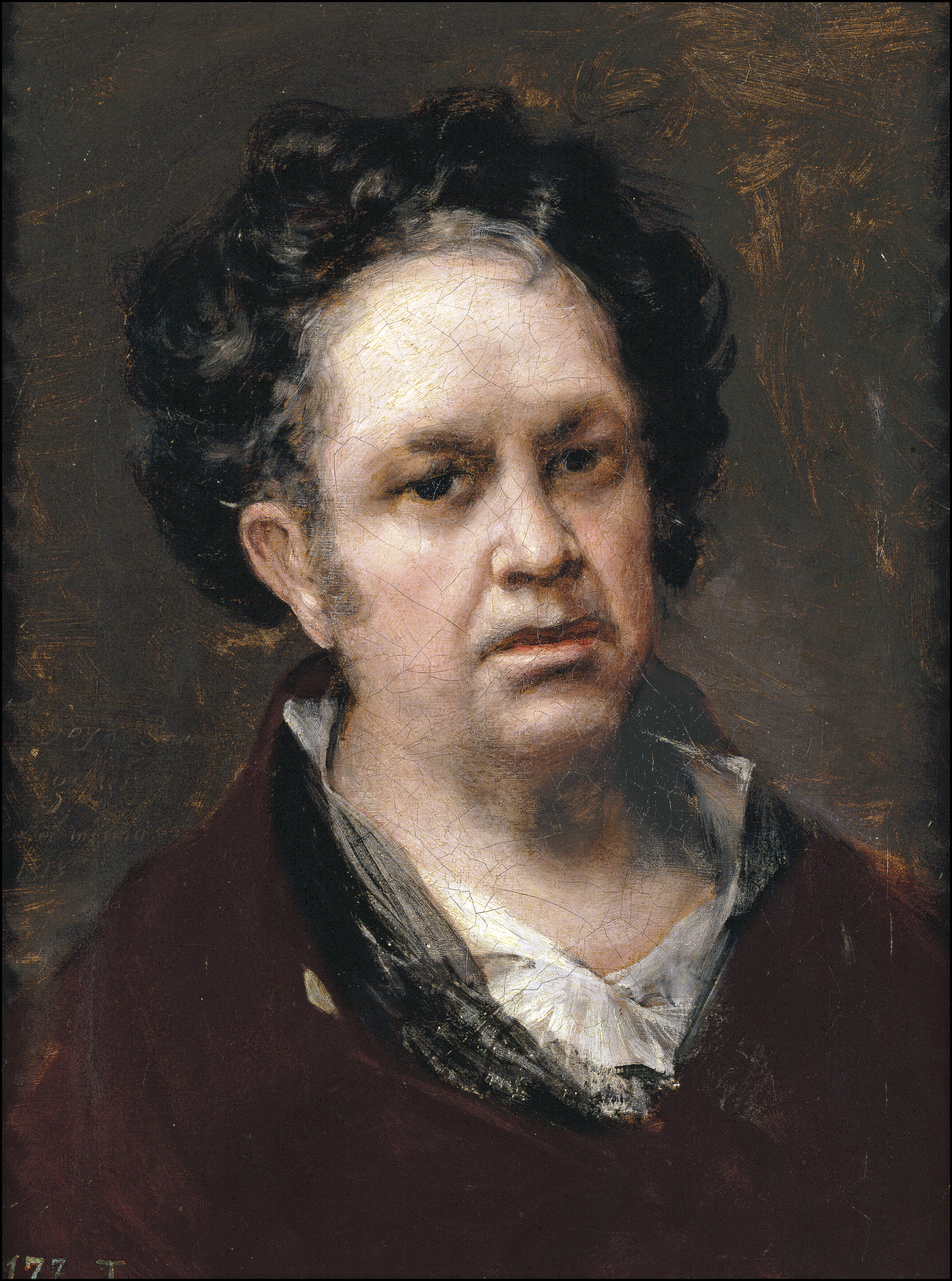
FileAutorretrato Goya 1815.jpg Wikimedia Commons
Mar 30, 1746 - Apr 16, 1828. Francisco José de Goya y Lucientes was a Spanish romantic painter and printmaker. He is considered the most important Spanish artist of the late 18th and early 19th centuries. His paintings, drawings, and engravings reflected contemporary historical upheavals and influenced important 19th- and 20th-century painters.

Francisco de Goya Biografía, características, pinturas y mucho mas
In between stately court portraits and high-society commissions, Spanish artist Francisco de Goya (Spanish, 1746-1828) was attuned to life's darker side, cha.

FRANCISCO GOYA (1746/1828), PAINTER SPANISH The teacher who had difficulty writing, but not in
Francisco de Goya was a significant Spanish artist from the 18th and 19th century, who continued this nation's success within the art world, after the earlier contributions of Diego Velazquez, Bartolomé Esteban Murillo and Francisco de Zurbarán. Francisco de Goya remains one of the finest artists to have come from Spain, and also one the last.
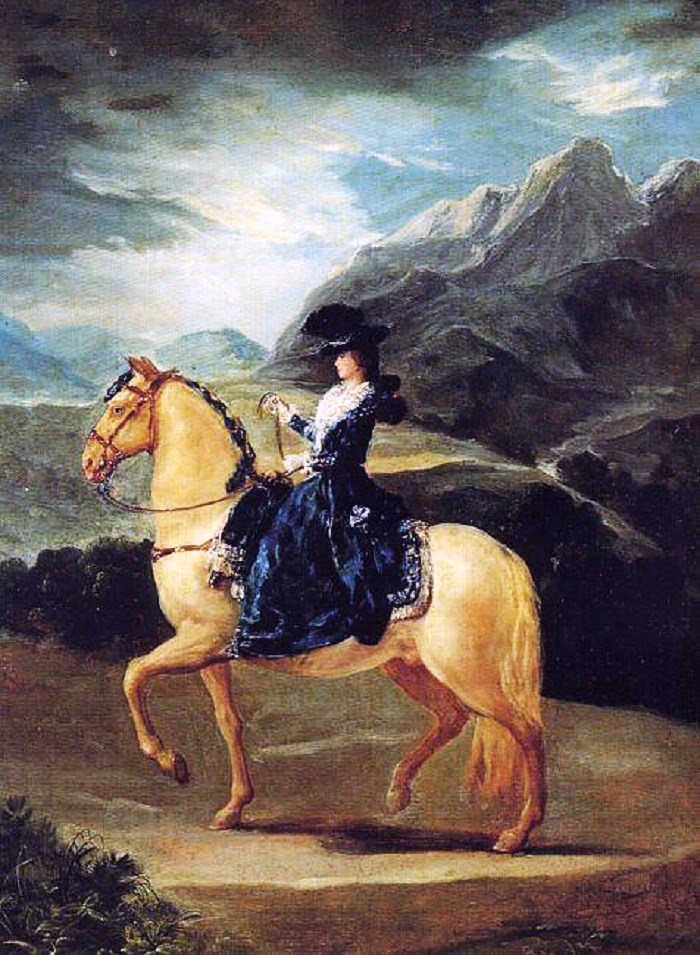%2BMaria%2BTeresa%2Bof%2BVallabriga%2Bon%2BHorseback%2B1783.jpg)
It's About Time Women by Spanish artist Francisco José de Goya y Lucientes 17461828
Today, Francisco Goya is widely considered to be one of art history's most influential figures. Associated with Romanticism, a movement born in the late 18th century, Goya is simultaneously celebrated as one of the last Old Masters and as a forefather of modern art.While these roles may seem incongruent, a look at his most well-known works of art can help make the connection.

Exhibition ‘Goya Order and Disorder’ at the Museum of Fine Arts, Boston Art Blart
Early years (1746-1771) Birth house of Francisco Goya, Fuendetodos, Zaragoza. Francisco de Goya was born in Fuendetodos, Aragón, Spain, on 30 March 1746 to José Benito de Goya y Franque and Gracia de Lucientes y Salvador.The family had moved that year from the city of Zaragoza, but there is no record why; likely José was commissioned to work there.

Duquesa de Alba y la Beata Goya Arte en lienzo, Pintor español, Pinturas de goya
Francisco de Goya (Spanish, 1746-1828) Goya was one of Spain's greatest painters and an internationally influential printmaker during the late eighteenth and early nineteenth centuries. Francisco José de Goya y Lucientes, after training in Saragossa and traveling in Italy, married the daughter of the Spanish court artist. The next year, 1774.

1806 Dona Francisca Vicenta Chollet y Caballero by Francisco de Goya y Lucientes (Norton Simon
Francisco de Goya (1746-1828) (Born Fuendetodos, nr. Saragossa, 30 March 1746; died Bordeaux, 16 April 1828). Spanish painter, printmaker and draughtsman. He was the most powerful and original European artist of his time, but his genius was slow in maturing and he was well into his thirties before he began producing work that set him apart.

Francisca Sabasa y Garcia Francisco Goya 180408 Goya paintings, Francisco goya, National
Francisco de Goya y Lucientes and The Metropolitan Museum of Art. Goya was born in the provinces, and for years after his arrival in Madrid he barely scraped by. At 29, he secured a day job.

Time.jpg (543×813) Francisco goya, Goya paintings, Art
On Being aCartoonist. Oct 15-Nov 24, 1946. MoMA. View all 10 exhibitions. Licensing. Feedback. Spanish, 1746-1828 Caption: The Museum of Modern Art Renovation and Expansion Designed by Diller Scofidio + Renfro in collaboration with Gensler. Photography by Iwan Baan, Courtesy of MoMA.

pinturamadrid francisco de goya la duquesa de alba 179697
Francisco de Goya. Goya was the leading Spanish painter and etcher of the late 18th century, and court painter to Charles III, Charles IV and Ferdinand VII of Spain. His work ranges from the Rococo style of his early tapestry cartoons for the royal tapestry works to the sombre Romanticism in which he recorded the atrocities of the Peninsular.